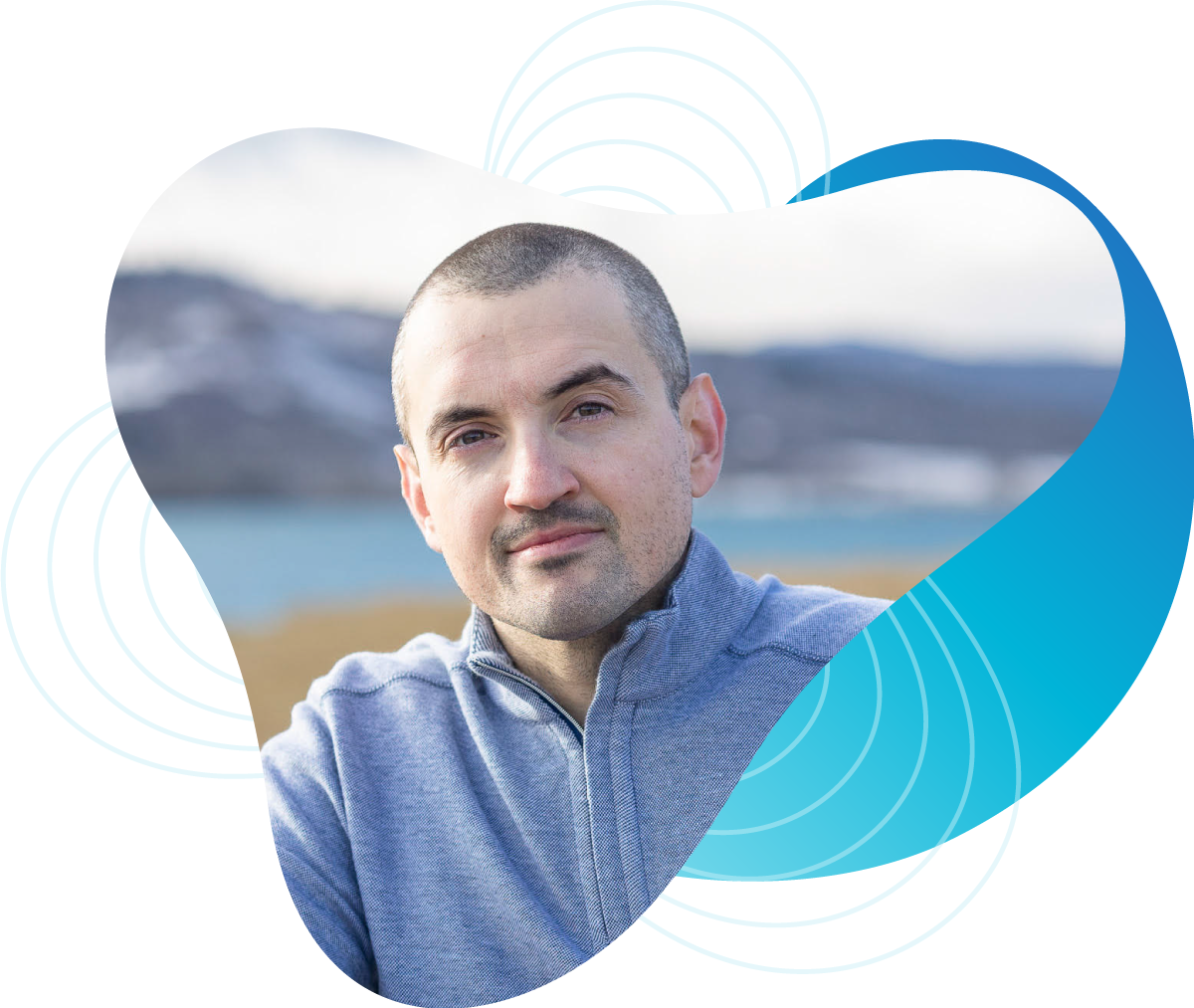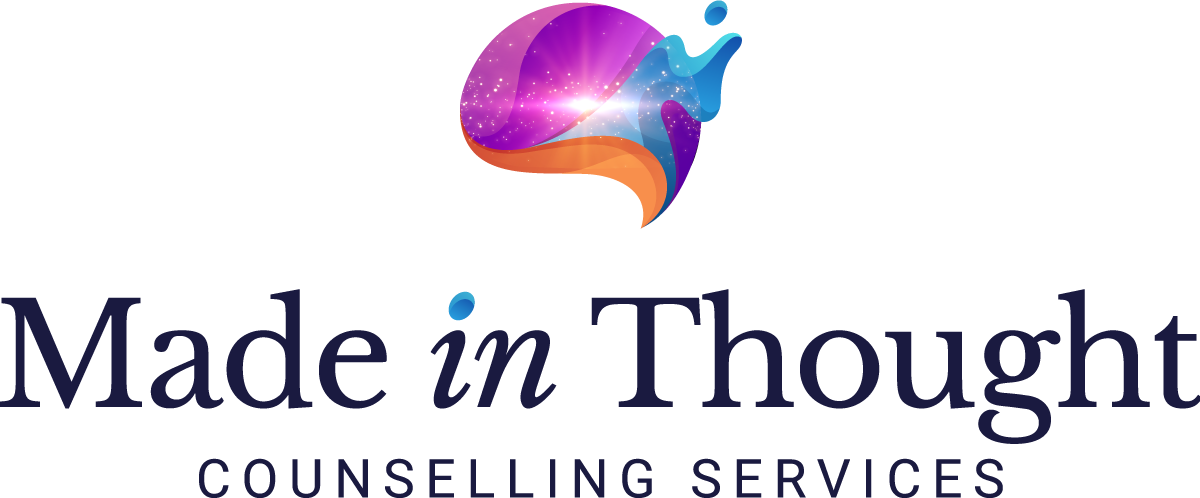The Yes/No Challenge

Tudor Caliman, Registered Psychologist
Founder, Made in Thought Counselling Services

Let me begin by acknowledging the importance of recognizing that saying yes and no are two ways of expressing oneself.
Each carrying its own significance and meanings that need to be understood and acknowledged. Although they are separate, they are also linked, like members of a band who come together to produce music.
To raise attention, balance, and appreciation between difference and connection, I propose a playful activity. Anxiety can add bitter flavors to our lives, making things seem serious and challenging. Playfulness, however, has the potential to buffer anxiety by providing space for curiosity to thrive. By asking questions, we can focus on the journey instead of constantly worrying about the destination. In our awareness of the journey, there is less room for negative, insecure, or habitual thoughts to fill in the void of uncertainty.
As such, I suggest the following playful challenge:
Throughout your day, notice the small, mundane things you say yes and no to. Starting with these small things is like testing the waters before plunging in; it provides space for openness, safety, and confidence to expand.
The challenge is to notice that every time you say yes to something, you are also simultaneously saying no to something else, and vice versa.
For example, when you are thirsty and decide to say yes to drinking water, what are you saying no to at the same time? Or when you say no to watching a movie, what are you simultaneously saying yes to instead? Or when you say yes to going for a walk, what are you instantaneously saying no to? This activity aims to promote attentiveness towards the direct and indirect choices we make moment-by-moment, day-by-day, and gain a deeper appreciation for the interconnectedness of our decisions.
Depending on the yes or no angle from which we ask a question, we can identify multiple yes or no answers. The goal is not to find the “correct” answer but to explore, expand, and get used to shifting focus from the central to the peripheral, and vice versa, for a more flexible and open mindset. Take vision, for example; both central and peripheral vision are typically present and available at the same time, but usually only one tends to get our attention. This can determine what we see and where we devote our time and energy, defining the quality of that moment.
The significance of this activity lies in its potential to reduce ‘attention fixation.’ Attention fixation can occur when we become so fixated on a certain aspect or detail of a thought, emotion, behaviour, or event that we ignore or overlook other important aspects or happenings. This can limit our awareness and impact the quality of our focus and attention, molding our perceptual lens. By intentionally shifting our focus and being open to alternative views, we can break free from familiar patterns of receiving and responding.
When we recognize that a glass cannot be half empty without also being half full, we acknowledge that both perspectives are valid and deeply interconnected in their two distinct states. Focusing on only one side of a situation means disregarding the other sides and shortchanging ourselves by missing out on potential healthy exceptions that may exist. For example, sometimes we may believe that it’s difficult for us to say no or that we “can’t say no” and that it’s “easier” to say yes to avoid conflict or discomfort. This may not always be the heathiest choice, however, and may come at a heavy cost. When we overlook our ability to say no, we don’t recognize that our ability to say yes is interlocked with our ability to say no.
Recalibrating how we view things can minimize attention fixation. By giving ourselves permission to consider more than just the familiar thought-made narratives, we can increase our flexibility and remove the blinders that often keep us stuck within the same thought tracks.
Ultimately, saying yes or no is a fluid balance between difference and connection.
By intentionally shifting our focus, we can increase our flexibility and reduce attention fixation, which can lead to greater adaptability and resilience in the face of change.



